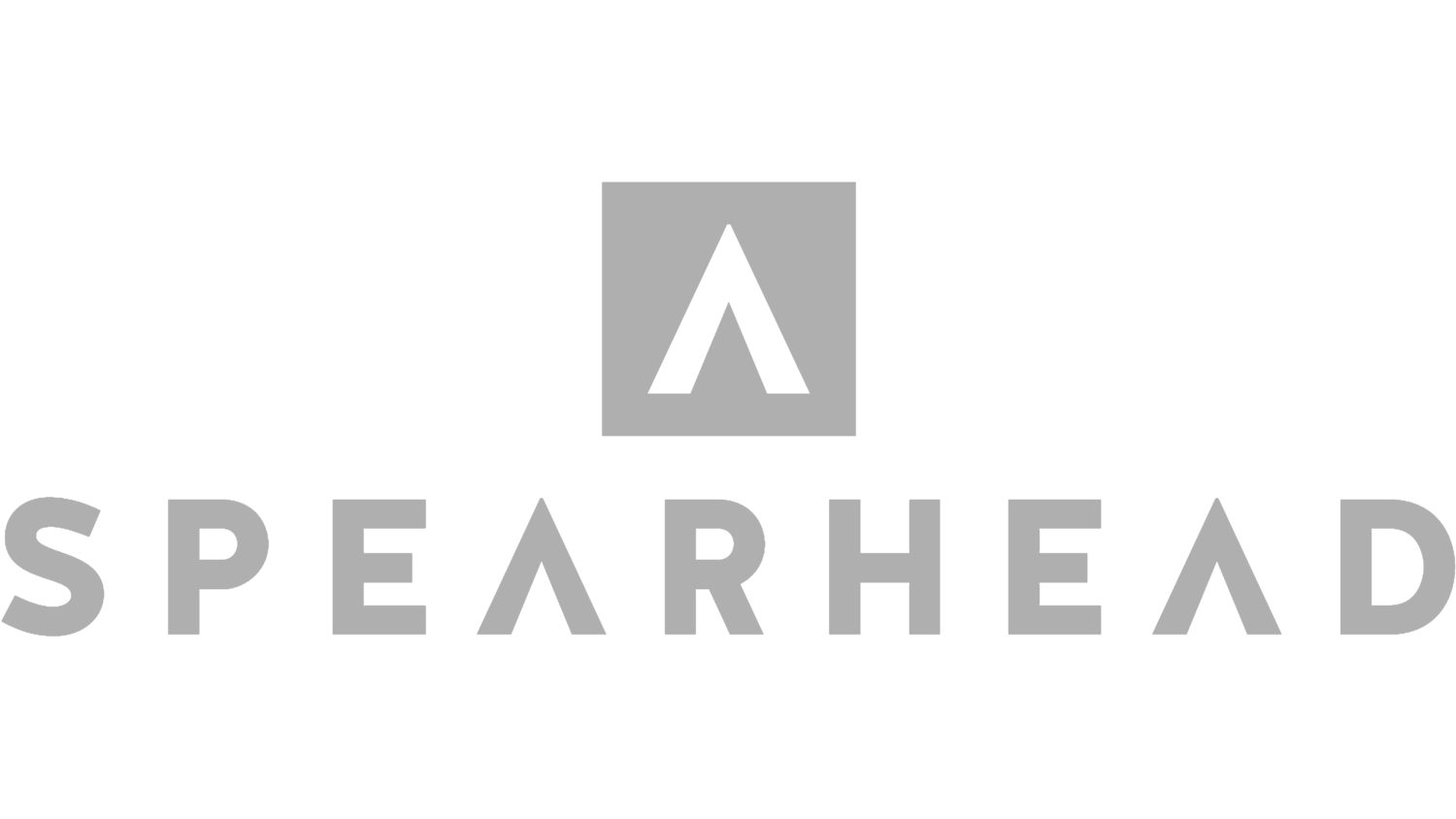Case Study: TWI
ABOUT THE PROJECT:
TWI is the world's largest training organisation in welding, underwater, welding inspection and NDT, servicing all major industry sectors.
Spearhead Interactive were commissioned to create and deliver a real-time 3D PC and VR-compatible sub-sea ROV pipeline inspection experience for training and examination purposes.
key features:
VIRTUAL REALITY
The software is fully compatible with Virtual Reality; with options to move between the PC and VR versions of the software through the software index.
SCENARIOS
The scenario system will load upon launching the software and allows the examiner to select between one of five different environment setups. Each of these have been set up with different anomalies to provide variance in the training and examination process.
FIXED CAMERA SYSTEM
To ensure the focus of the learner is on inspecting the riser and identifying any issues or anomalies, rather than learning how to pilot an ROV or wasting examination time by getting stuck, we have implemented a fixed camera system.
The user navigates forwards and backwards through the experience at will, with the viewpoint always directed at the riser and appropriate sub-sea infrastructure. For the VR version, the viewpoint is still focused in the same way, but the user is able to turn their head, lean in or out or move up and down in order to get a better look at each element.
ROV HUD
On screen with the PC version (or through the headset in the VR version), we have coded the exact heads-up display that is present on typical ROV capture footage; including information for the depth, cathodic protection readings, compass positioning, pitch, yaw, time and date.
UNDERWATER EFFECTS
This project has provided the opportunity to experiment with and master the techniques required to achieve compelling underwater visuals.
Marine life (differing depending on depth), algae, volumetric lighting and more have been added to the environment in order to achieve a realistic and high level of quality for the final software.





